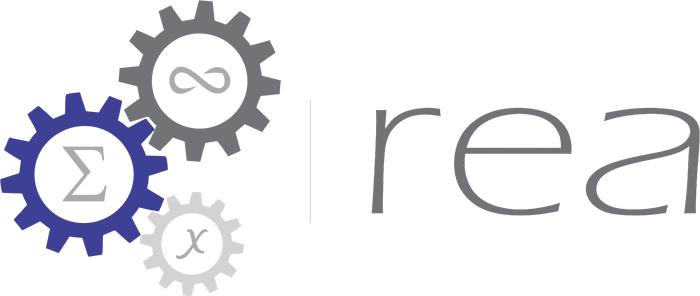Machine Learning
Home > Machine LearningMachine Learning
Alan Turing, the famous British Mathematician created a test suggesting a computer can to be intelligent if it can achieve human-level performance in all cognitive tasks, sufficient to fool an interrogator. In order to be artificially intelligent and pass the Turing test the computer should posses the following:
- Natural language processing to enable it to communicate successfully some human language.
- Knowledge representation to store information provided before or during the interrogation.
- Automated reasoning to use the stored information to answer questions and to draw new conclusions.
- Machine learning to adapt to new circumstances and to detect and extrapolate patterns.
Artificial Intelligence is a broader class which includes Machine Learning as a specific component focused on algorithms that can improve with experience..
An academic field built on science and engineering disciplines
Machine learning is a field of study focused on building models of a prediction. Combining many branches of mathematics and computing and drawing from advances in other scientific fields Machine Learning is used throughout the scientific world to find structure in data. Given the speed and diversity of growth in the field there are many definitions of Machine Learning but one way to understand this concept is based on the problem you wish to solve.
A decision problem that can be modelled on data set provides an opportunity for a model to analyse and structure that data to provide a specific piece of output information. As more data is provided the Machine should improve its ability to make the optimal decision.
Machine Learning is transforming a wide variety of industries and providing solutions to previously unsolved problems.
Types of Machine Learning
There are common classes of problem in Machine Learning based on the objective output you wish to achieve.
Classification:
Perhaps the simplest output is a 1 or a 0. Data is labelled into one of two groups, for example spam/non-spam or fraud/non-fraud. The decision being modelled is to assign labels to new pieces of data we have not seen in the past.
Regression:
Data is labelled with a real number. For example in a time series data like the price of a stock over time.
Clustering:
In this case the data is not labelled, but can be divided into groups based on similarity and other measures of natural structure in the data. An example from the above list would be organising pictures by faces without names, where the human user has to assign names to groups.


